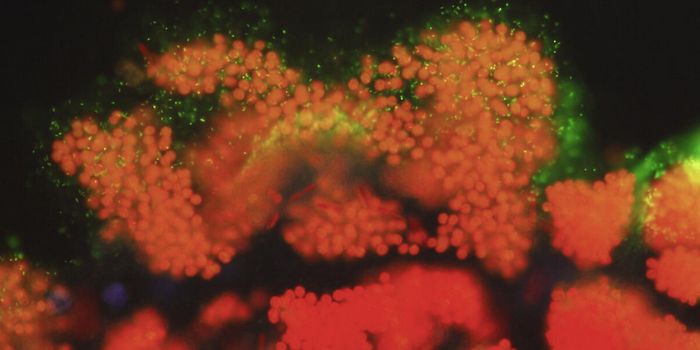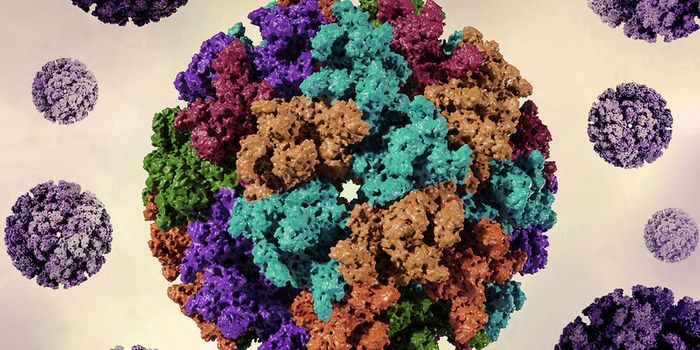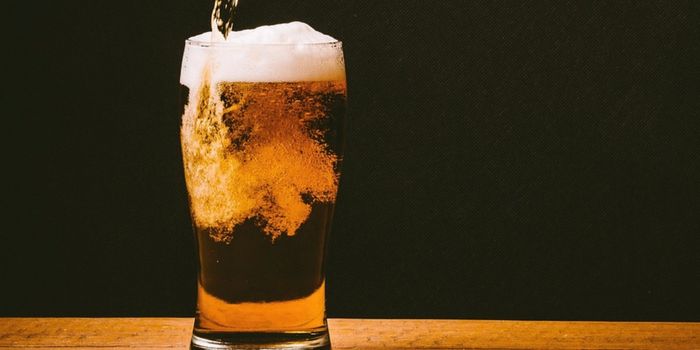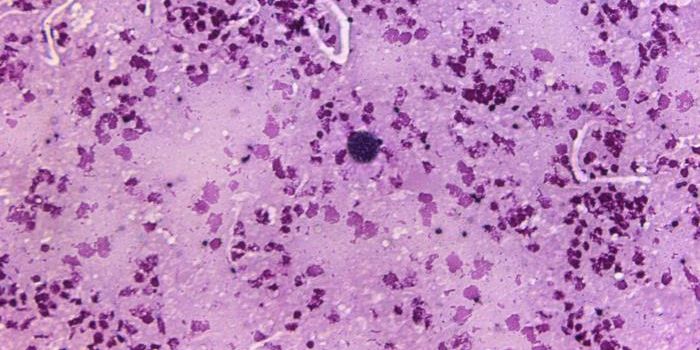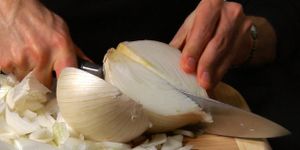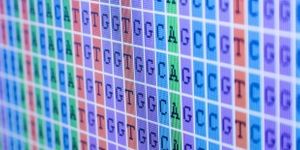Videos
Why Do Onions Make Us Cry?
FEB 26, 2014 12:00 AM PST
Share
Ancient Dental Plaque Provides a Wealth of Information
 We ask a lot of our teeth, and they are incredibly durable. Not only are they durable during our lifetime, they outlast us for many years-just like the bone structure of our skeletons. Recently, researchers have been using this durability to their advantage.
We ask a lot of our teeth, and they are incredibly durable. Not only are they durable during our lifetime, they outlast us for many years-just like the bone structure of our skeletons. Recently, researchers have been using this durability to their advantage.By studying the teeth of ancient skeletons, scientists have discovered a well-preserved treasure trove of information that they have described as a "microbial Pompeii". A broad international research team, led by researchers at The University of York, University of Zurich and the University of Copenhagen, published their findings in a recent issue of Nature Genetics.
The "microbial Pompeii" the team refers to is the dental calculus (known to most of us as plaque) of skeletons that date back 1,000 years. While most of the molecular information in ancient bones is lost in the soil after burial through interaction with the burial environment, dental calculus is far more stable. This allows for analysis of the biomolecules that are held within the structure of the plaque, providing insights into the diet of our ancestors and some of the issues that they faced.
While the dental plaque provided a handy preservation mechanism, extracting and analyzing the information was a major challenge. It isn't that the DNA was difficult to remove, but it was difficult to filter out the relevant DNA from the "noise" of other sequences. Through shotgun DNA sequencing and a massive sorting and analysis effort, the team was able to ascertain the genome of a significant periodontal pathogen. They also believe they have acquired genetic evidence of biomolecules related to the diet of our ancestors-the first such information retrieved from dental plaque.
One of the more intriguing discoveries from the team is that, based on the variety and type of pathogens discovered in the plaque, the same bacteria caused periodontal disease in ancient times as it does today. In essence, dental plaque has not changed in 1,000 years, despite many changes in dental care, diet, and overall oral hygiene.
Another interesting discovery by the research team is that the microbiomes recovered from the ancient plaque included the fundamental genetic capability for antibiotic resistance-predating the modern use of therapeutic antibiotics by many centuries.
The incredibly well-preserved biological samples embedded in the structure of the ancient plaque are likely to allow further insights into our ancestors diets, habits, and lives-available to researchers with the abilities and patience to sort through the massive amount of information and correlate it to specific aspects.
For example, researchers may be able to further understand what makes periodontal disease so prevalent in humans and domestic pets compared to animals in the wild. Given the similarities in the plaque, by comparing the diet and habits of our ancestors to ourselves, can we deduce anything else about the origins of periodontal disease that may lead to better prevention? It seems likely that more insights will follow as researchers continue to tap this relatively new source of ancient biological information.
You May Also Like
Loading Comments...


